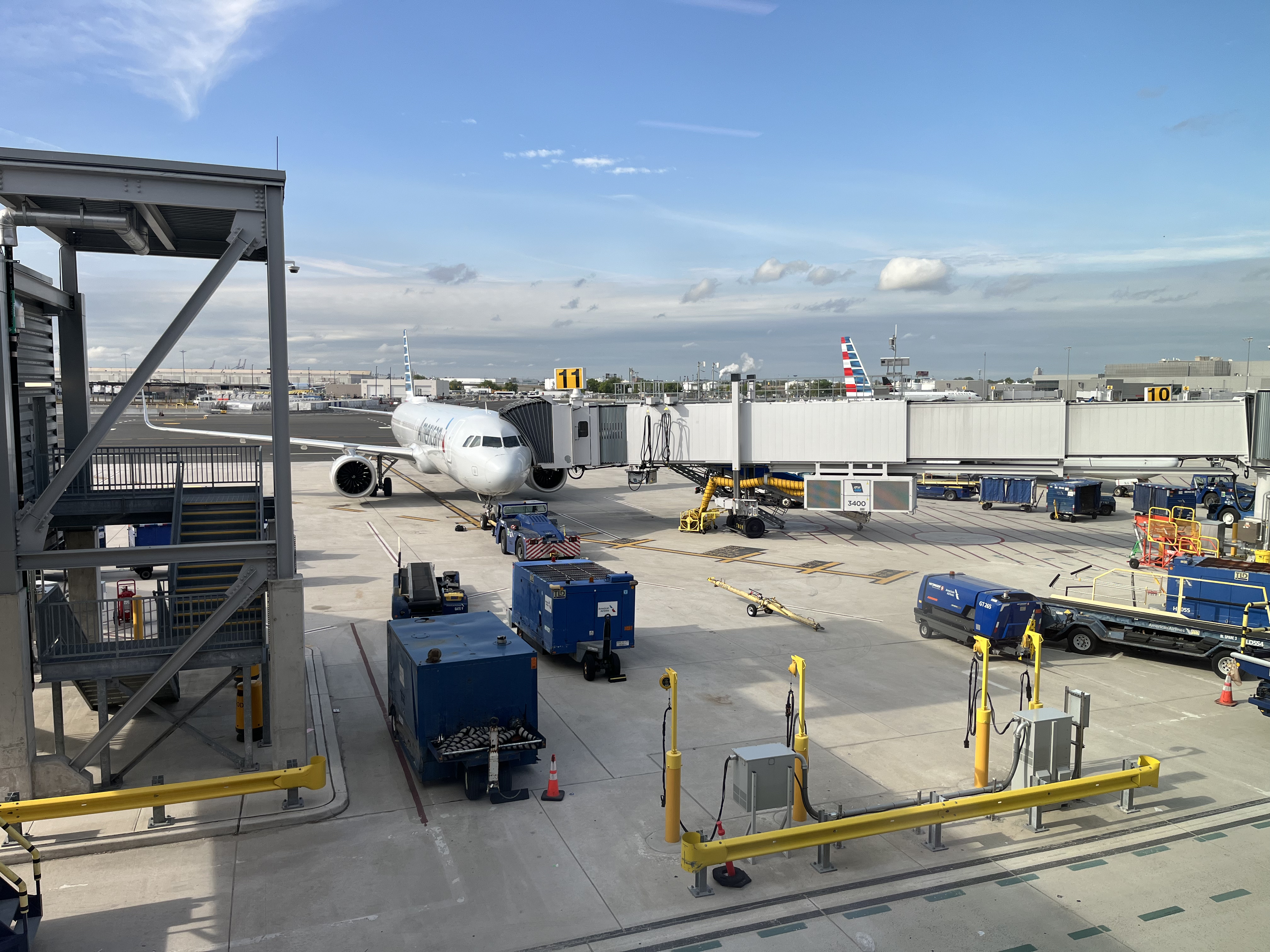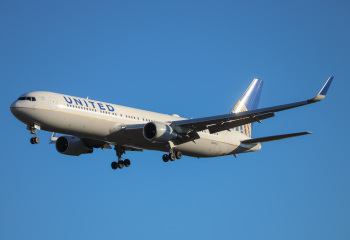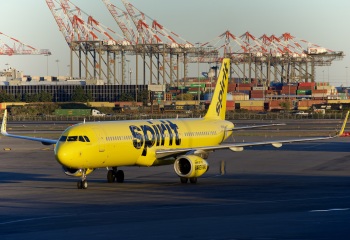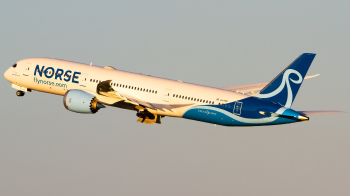Across the United States, various locations, regions, and monuments are preserved via the United States National Park Service (NPS). The nomination process for these locations varies, however, once elected by a committee, these areas placed into the National Registry of Historic Places (NRHP).
NRHP properties range from large to very small, however all are federally protected from any form of demolition or development. With these guidelines, some airport development projects must go through extensive legal and environmental hurdles to modernize airports.

According to the Federal Aviation Administration (FAA), airports cannot implement any changes to historical properties.
According to Chapter 14 of the Airports Desk Reference, a historic property is “Any prehistoric or historic district, site, building, structure, or object included in, or eligible for inclusion in the National Register of Historic Places (NRHP) maintained by the Secretary of the Interior”.
With these definitions, any expansion or development of these properties requires approval from a State Historic Preservation Officer, as well as community approval in the event that any land territories are altered. Native American properties are all considered off limits from airport development without approval from the Tribal Historic Preservation Officer.
What does this mean?
Many airports across the US sit near large areas of protected land, making these airports geographically limited from expanding. In the age of the automobile, road networks and parking continue to add to land scarcity around some airport complexes, leading to a less comfortable flying experience.
Airports across the southern US have recently undergone major development projects, to the tune of billions of dollars, however not many encountered land shortages.
Urban airports in the Northeast such as Boston Logan International Airport (BOS) have encountered larger issues, as their geographic location makes it hard to expand on land, and the State of Massachusetts protects the Boston Harbor from any future developments that could impact the local marine life around the airport.
Some airports themselves are registered by the NRHP. The Palm Springs International Airport (PSP) in Southern California has been on the list since 2021. Originally known as the Palm Springs Municipal Airport, the historic main terminal has been praised for its mid-century design and use of local artists in its development.
In a real blast from the past, PSP has a mostly open-air concept in its main terminal. Although security concerns have changed some of the original structural elements of the airport to comply with modern TSA security operations, the NRHP have prevented developers from destroying the airport, keeping a bit of Southern California aviation history alive.
Other NRHP aviation centers include airfields in Tuskegee, Alabama, as well as protected lands in Texas amongst others. On the Federal level, the United States government only owns military airports and airfields, whilst all commercial airports are either privately owned, or owned by local governments.
At the state level, any state is able to maintain any airfields for the use of government or emergency aircraft. These airports are more common in rural areas in the Western United States, as wildfires and the need for emergency transit aircrafts are more dire.
Debt-Free South African Airways Seeks Capital to Fuel Post-COVID Recovery and Expansion » Inside Air New Zealand’s Secret First Class » Spirit Airlines to Sell 11% of Fleet for $519 Million »
Comments (1)

Add Your Comment
SHARE
TAGS
INFORMATIONAL InformationalDevelopmentPalm SpringsNational Park NRHPHistoryRECENTLY PUBLISHED
 Sleeping Passenger Violently Assaulted on United Airlines Flight
A man violently assaulted a sleeping passenger on a United Airlines flight on Monday. Learn more about the incident from FBI and eyewitness reports and find out what the assailant has been charged with.
NEWS
READ MORE »
Sleeping Passenger Violently Assaulted on United Airlines Flight
A man violently assaulted a sleeping passenger on a United Airlines flight on Monday. Learn more about the incident from FBI and eyewitness reports and find out what the assailant has been charged with.
NEWS
READ MORE »
 Spirit Airlines to Furlough 330 Pilots in Cost Cutting Effort
Spirit Airlines has announced more pilots will be furloughed this January to free up debt. See what the airline is planning for the future and what other moves have been made over the past month.
NEWS
READ MORE »
Spirit Airlines to Furlough 330 Pilots in Cost Cutting Effort
Spirit Airlines has announced more pilots will be furloughed this January to free up debt. See what the airline is planning for the future and what other moves have been made over the past month.
NEWS
READ MORE »
 Norse Atlantic Expands to Africa With New London to Cape Town Route
Norse Atlantic, the low-cost, long-haul airline based in Norway, is now heading to Africa. On Monday, 28 October, the airline celebrated the launch of its inaugural service from London Gatwick to Cape Town, South Africa.
NEWS
READ MORE »
Norse Atlantic Expands to Africa With New London to Cape Town Route
Norse Atlantic, the low-cost, long-haul airline based in Norway, is now heading to Africa. On Monday, 28 October, the airline celebrated the launch of its inaugural service from London Gatwick to Cape Town, South Africa.
NEWS
READ MORE »




